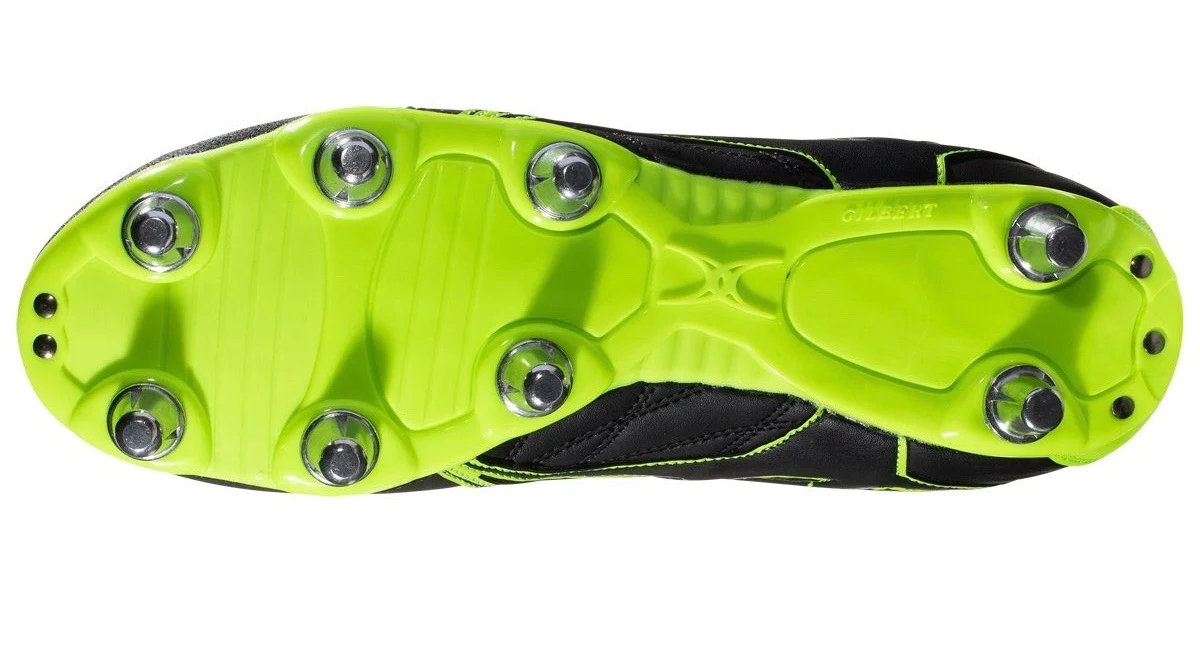Rugby studs are an essential part of a rugby player’s kit. They provide traction and grip on the pitch, helping players to maintain their footing and make quick movements. Here’s a detailed guide for beginner rugby players about rugby studs:
What are rugby studs?
Rugby studs are the small, pointed projections on the sole of a rugby boot that grip the ground to provide traction. They are typically made from metal or plastic and are screw-in or molded into the sole of the boot. The type of studs used can vary depending on the pitch conditions and the player’s position.
Why are rugby studs important?
Rugby is a sport that is played on grass, which can become slippery and muddy, especially in wet conditions. Rugby studs are important because they provide traction and grip, allowing players to maintain their footing on the pitch. This is particularly important for rugby players who need to make quick movements, such as running, changing direction, and scrummaging.
What are the different types of rugby studs?
There are three main types of rugby studs: molded studs, screw-in studs, and hybrid studs.
Molded studs are permanently attached to the sole of the boot and cannot be changed. They are typically made from plastic and are suitable for playing on firm or soft ground.
Screw-in studs can be unscrewed and replaced with different length or shaped studs depending on the pitch conditions. These studs are suitable for playing on soft ground and can be customized to suit a player’s position or playing style.
Hybrid studs are a combination of molded and screw-in studs. They offer the convenience of molded studs, with the option of replacing the studs for different conditions.
What length studs should I use?
The length of studs used depends on the pitch conditions. Longer studs provide more traction on soft ground, while shorter studs are better for firmer ground. As a general rule, players should use longer studs in wet conditions and shorter studs on firm or hard ground.
What shape studs should I use?
The shape of the studs used can also depend on the pitch conditions and the player’s position. Conical studs are good for all-around grip and are suitable for most positions. Bladed studs are better for forwards who need more stability and grip for scrummaging. Finally, the stud layout, which is the placement of the studs on the sole of the boot, can also vary depending on the player’s position.
How often should I replace my rugby studs?
Rugby studs can wear down over time, especially with frequent use on hard or abrasive surfaces. It’s important to check the condition of your studs regularly and replace them if they become worn or damaged. A general rule of thumb is to replace your studs at least once a season, but this can vary depending on the amount of use.
Conclusion
Rugby studs are an important part of a rugby player’s kit. They provide traction and grip on the pitch, allowing players to maintain their footing and make quick movements. It’s important to choose the right type, length, and shape of studs for the pitch conditions and your position, and to replace them regularly to ensure they are in good condition. By doing so, you can help to prevent injury and improve your performance on the pitch.

